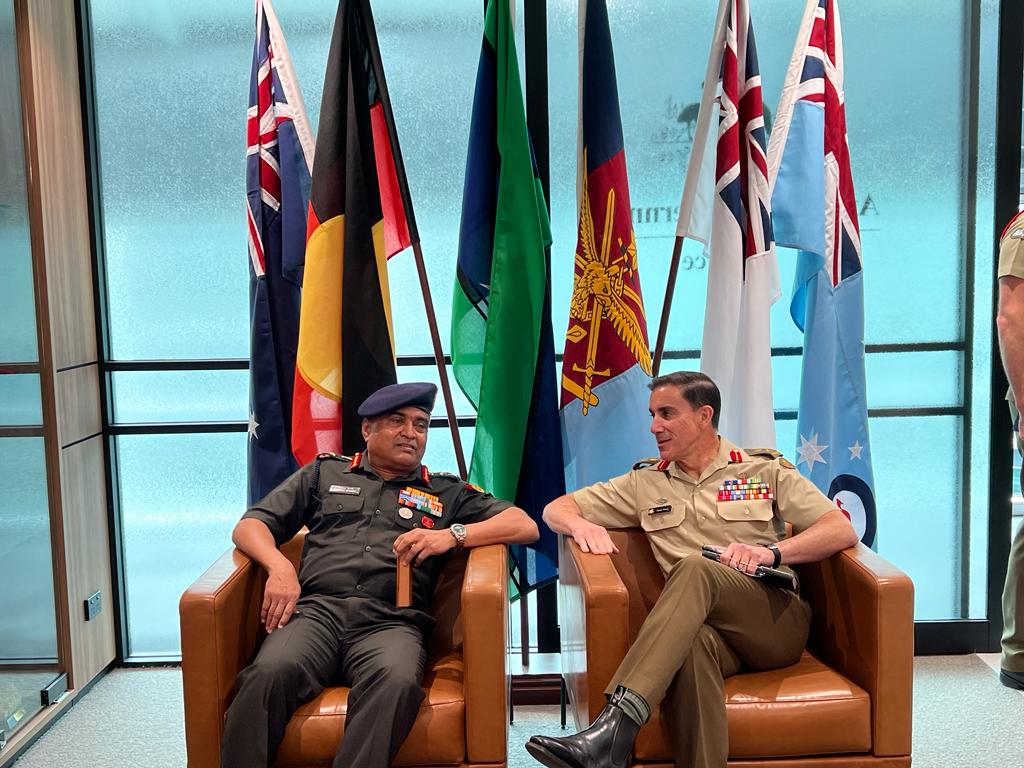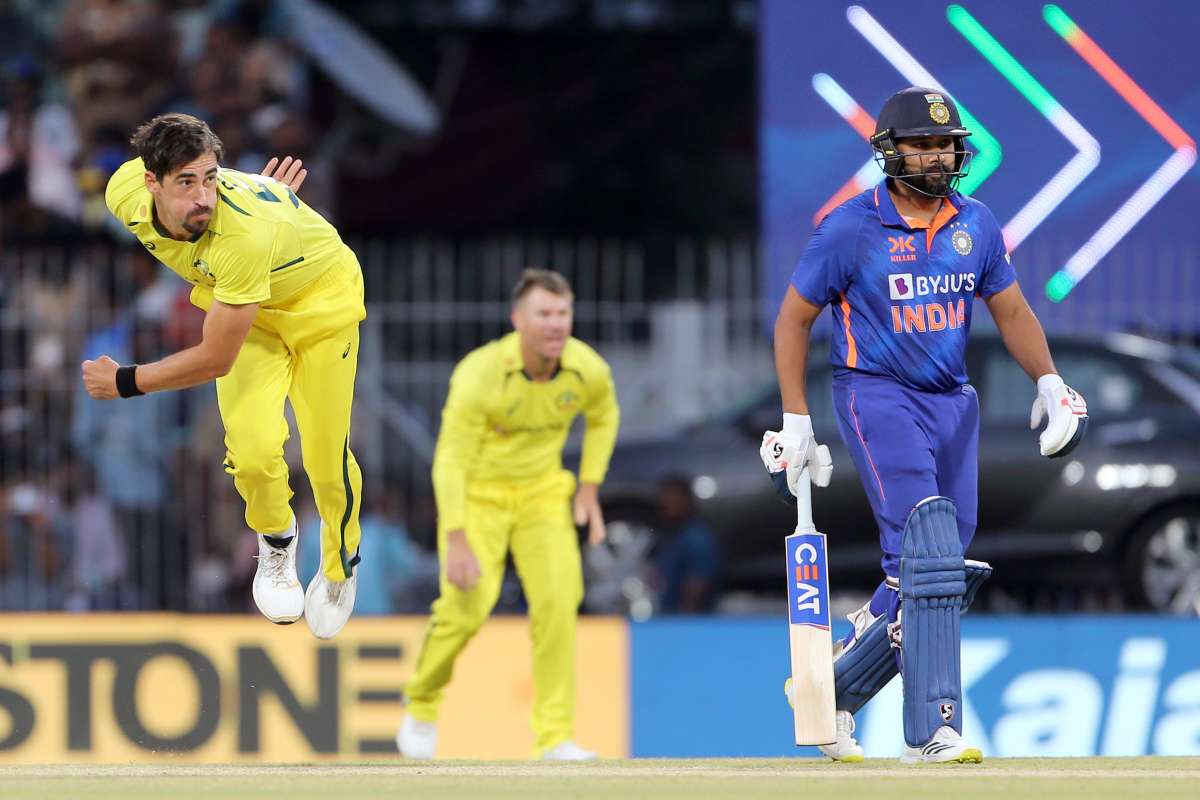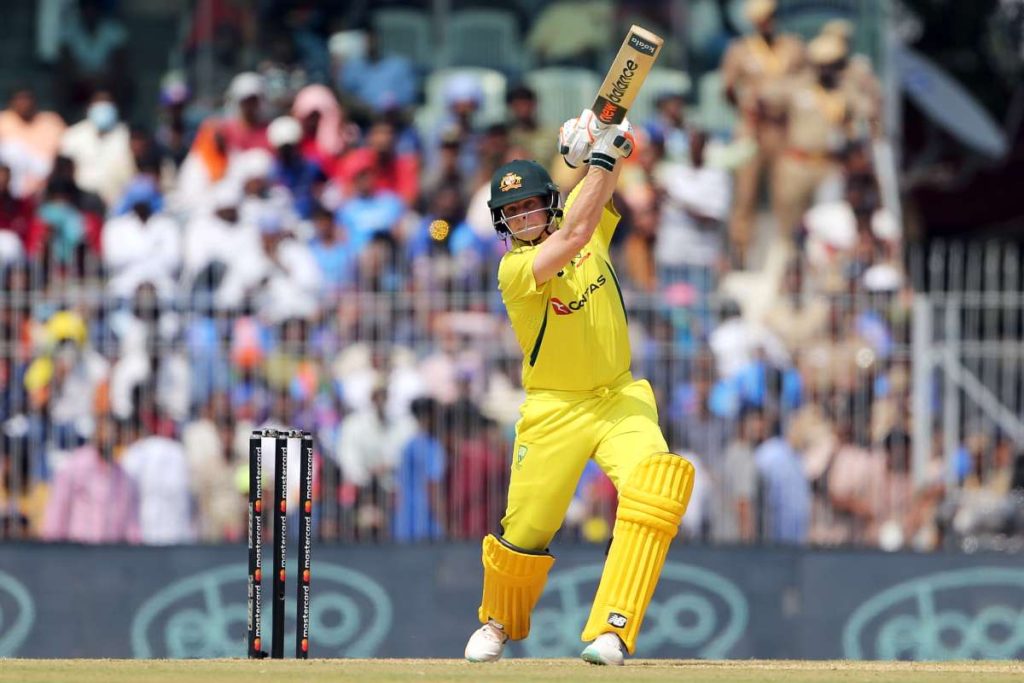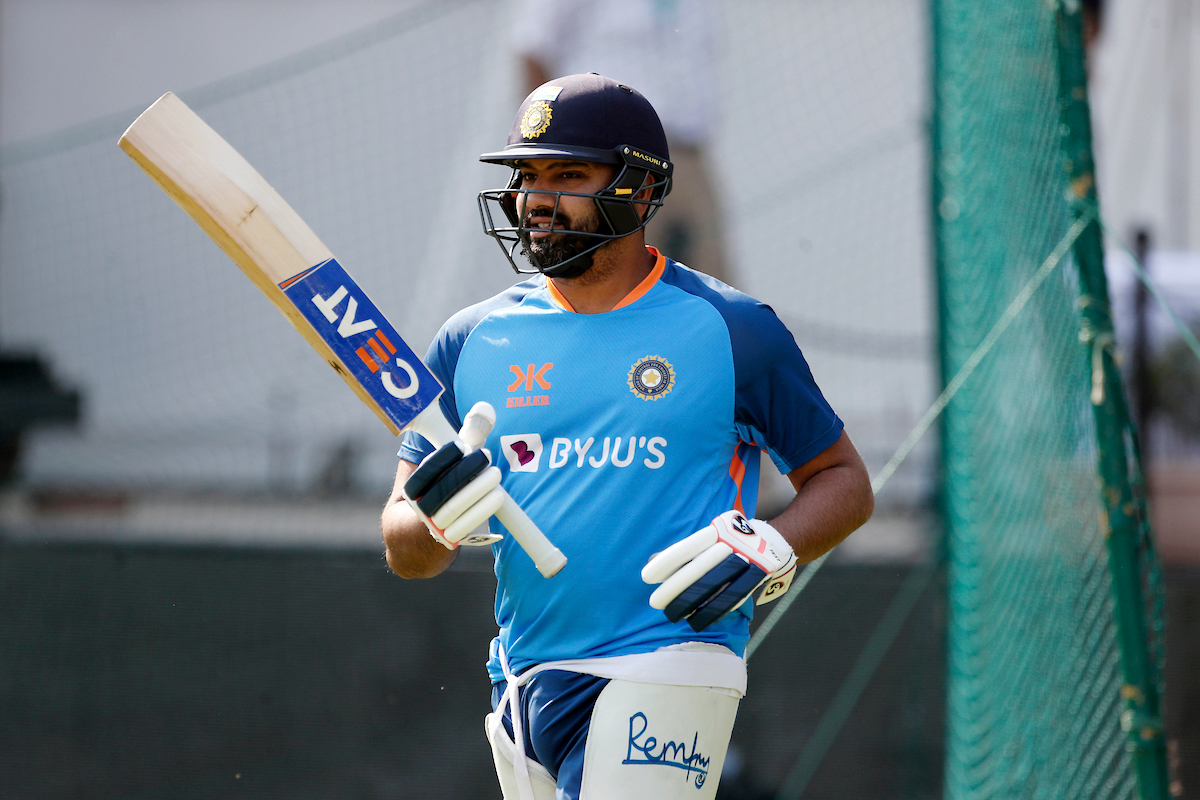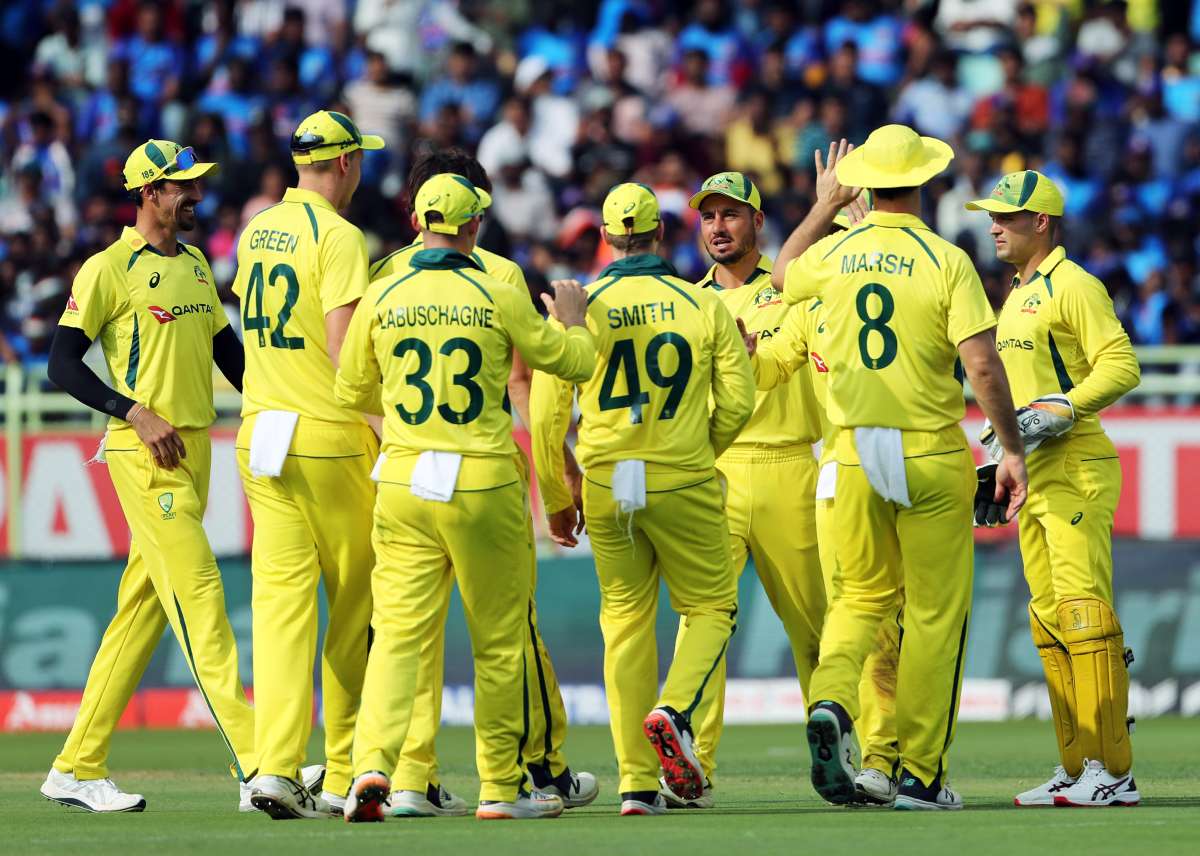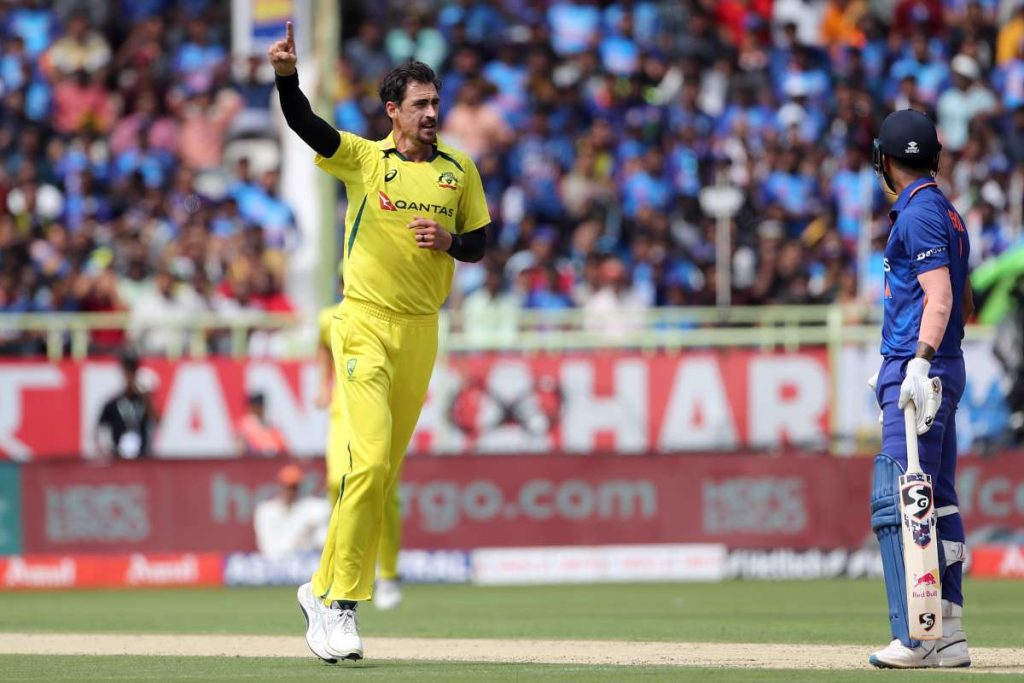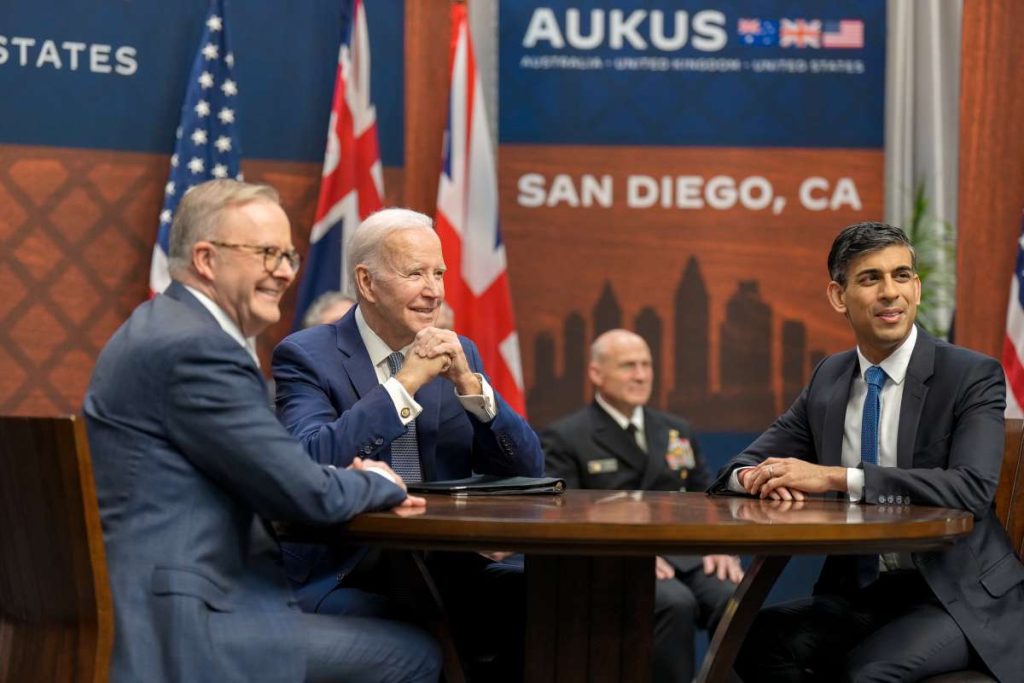The 35th Australian Australian Sikh Games is being hosted in Australia from April 7-9….reports Asian Lite News
Prime Minister Narendra Modi extended best wishes to everyone associated with the 35th Australian Sikh Games organised by Australian National Sikh Sports and Cultural Council in Brisbane.
In his message, PM Modi said the games will help the Sikh community to showcase its sporting skills, competitive spirit and teamwork on a bigger platform.
“My best wishes for the 35th Australian Sikh Games. May the Games serve as an inspiration to motivate younger generations of Sikhs to excel in every sphere of life,” PM Modi said in his message.
Taking to its official Twitter handle, the High Commission of India in Canberra shared PM Modi’s message on the 35th Australian Sikh Games. Sharing PM Modi’s message on Twitter, the Indian High Commission in Canberra wrote, “Message from Hon. PM @narendramodi on the occasion of 35th Australian Sikh Games.”
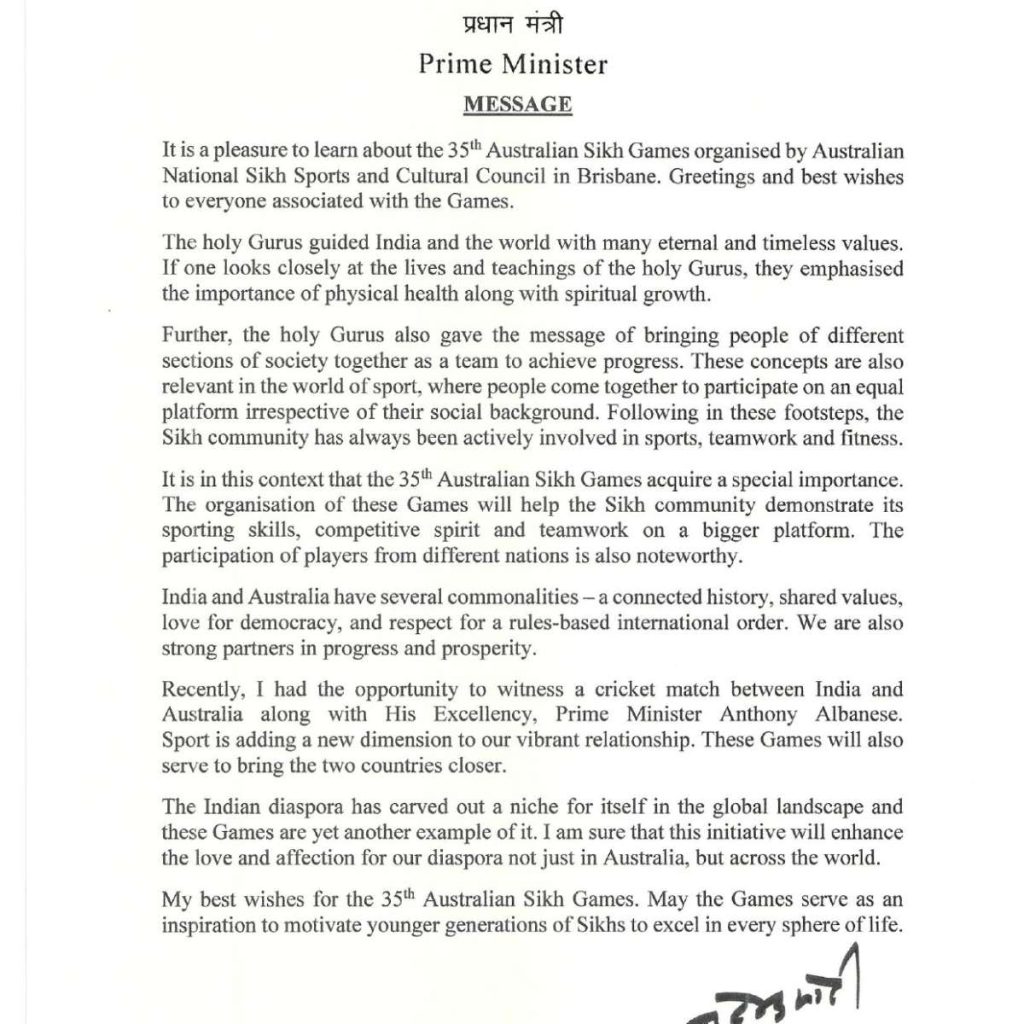
The 35th Australian Australian Sikh Games is being hosted in Australia from April 7-9. In the message for the games, PM Modi stated, “It is a pleasure to learn about the 35th Australian Sikh Games organised by Australian National Sikh Sports and Cultural Council in Brisbane. Greetings and best wishes to everyone associated with the Games.”
PM Modi noted that the Sikh Gurus guided India and the world with many “eternal and timeless values.” He added, “If one looks closely at the lives and teachings of the holy Gurus, they emphasised the importance of physical health along with spiritual growth. Further, the holy Gurus also gave the message of bringing people of different sections of society together as a team to achieve progress.”
In his message, PM Modi stressed that these concepts are relevant in sports where people come together to participate on an equal platform regardless of their social background. He said that the Sikh community has been actively involved in sports, teamwork and fitness.
“It is in this context that the 35th Australian Sikh Games acquire a special importance. The organisation of these Games will help the Sikh community demonstrate its sporting skills, competitive spirit and teamwork on a bigger platform. The participation of players from different nations is also noteworthy,” PM Modi said in his message.
Highlighting the similarities between the two nations, PM Modi said, “India and Australia have several commonalities – a connected history, shared values, love for democracy, and respect for a rules-based international order. We are also strong partners in progress and prosperity.”
Recalling witnessing a cricket match between India and Australia with his Australian counterpart Anthony Albanese in Gujarat in March, PM Modi said, “Sport is adding a new dimension to our vibrant relationship. These Games will also serve to bring the two countries closer.”
In his message, PM Modi said, “The Indian diaspora has carved out a niche for itself in the global landscape and these Games are yet another example of it. I am sure that this initiative will enhance the love and affection for our diaspora not just in Australia, but across the world.” (ANI)



